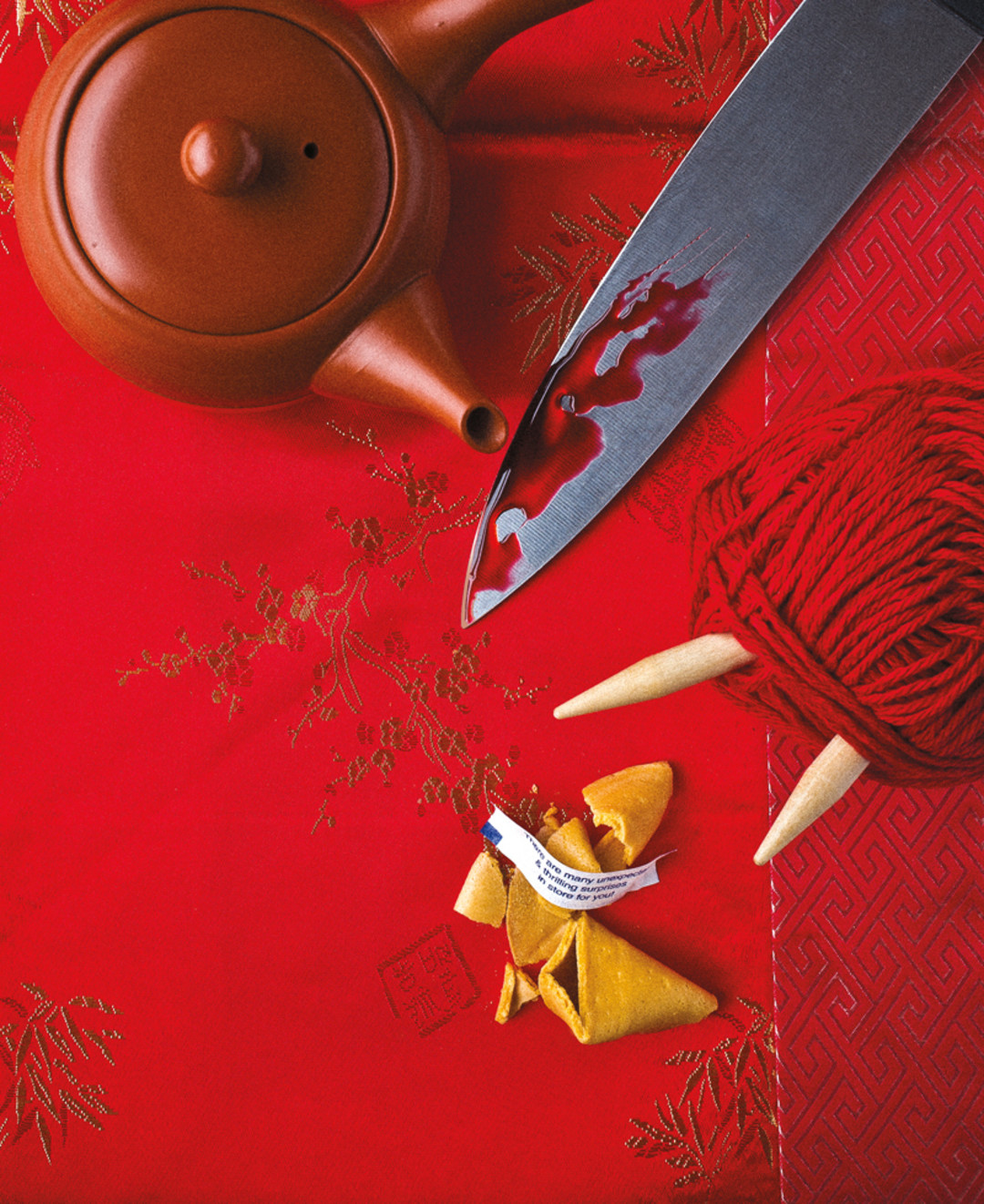Tea and Circumstantial Evidence

Image: Nomad
The crowd, largely gray-haired, gathers in Szechuan Chef’s banquet room. Waiters ferry in trays of soup, and the discussion of murder begins.
The Harriet Vane Chapter of the national group Sisters in Crime began in the mid-’90s to give Portland women who write mysteries, crime novels, and other fictional mayhem a gathering place and access to crime experts. As monthly guests, the club has booked police chiefs, gun specialists, a consulting psychic, an Interpol agent, and a blood-spatter expert—“a favorite,” chapter president Katy King says. “Good slides.”
At one table, members shrug off raincoats and greet each other with hugs and questions about their children. These particular writers’ fictional murder methods include bludgeoning followed by burning, a bullet through the neck, and a knife to the throat followed by a “whack to the privates.” Unusually, none of them brought their knitting tonight. One of the few “Mister Sisters,” Wayne Saunders (decapitation by samurai swords), nurses a gin and tonic.
Tonight’s speaker is Dr. Linda Grounds, a forensic psychologist. After fortune cookies are served, Grounds takes the lectern to discuss assessing a client’s mental state. At a corner table of Sisters (respectively: autoerotic asphyxiation, nail file to the neck, strangled and dumped in a quarry, and airplane collision), one bespectacled woman idly glances at her phone.
Gray-bobbed Janice Maxson (lethal injection in a hospital) raises her hand. “What motivates women to kill?” A lively discussion ensues, ranging from insanity pleas to sex trafficking. As the evening winds down, cheerful redhead Cindy Brown (morphine overdose administered by the Ghost of Christmas Past) squeezes in a final question: “Can you comment on the woman in the news the other day who killed 22 people?” A good time is had by all.
